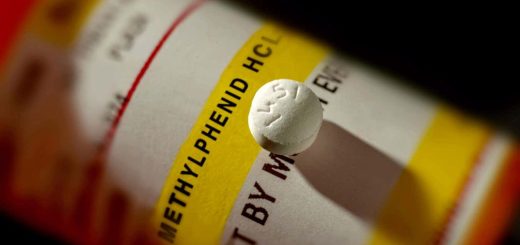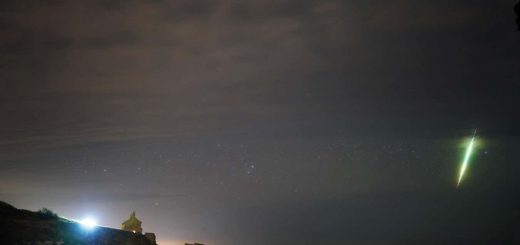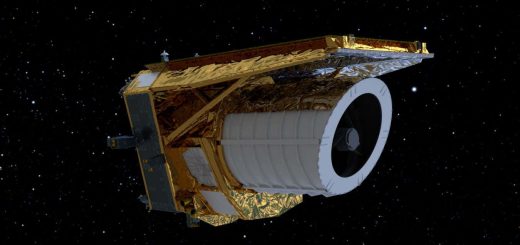Ocean bacteria may be closest relatives of mitochondria in our cells
The closest living relatives of the bacteria that moved into the cells of a larger organism more than a billion years ago and eventually became mitochondria powering our cells may have been identified living in hot springs
By Jason Arunn Murugesu
9 August 2023
Mitochondria, like this one, are found inside our cells, but their ancestors would have been free-living bacteria
CNRI/SCIENCE PHOTO LIBRARY
Marine bacteria found in hot springs may be the closest living relatives of the ancient bacteria that transformed into mitochondria more than a billion years ago.
Mitochondria are structures found in all cells with a nucleus, also known as eukaryotes, and play a key role in producing energy to power the cell and thus the larger organism. They are thought to have evolved between about 1.6 and 1.8 billion years ago from a type of alphaproteobacteria – one of the most abundant groups of bacteria on Earth.
But we still don’t know which specific bacterium was responsible, says Otto Geiger at the National Autonomous University of Mexico.
Advertisement
Read more:
The powerhouses inside cells have been gene-edited for the first time
To narrow down the potential suspects, Geiger and his colleagues surveyed all known genomes of alphaproteobacteria species on Earth today to identify those with traits most similar to those that they think belonged to the so-called proto-mitochondria.
The analysis involved surveying thousands of genomes and matching them against dozens of criteria, says Geiger. One of the key ones was the ability of the bacteria to produce two types of compounds called lipids, which are essential to mitochondria functioning, says Geiger.


